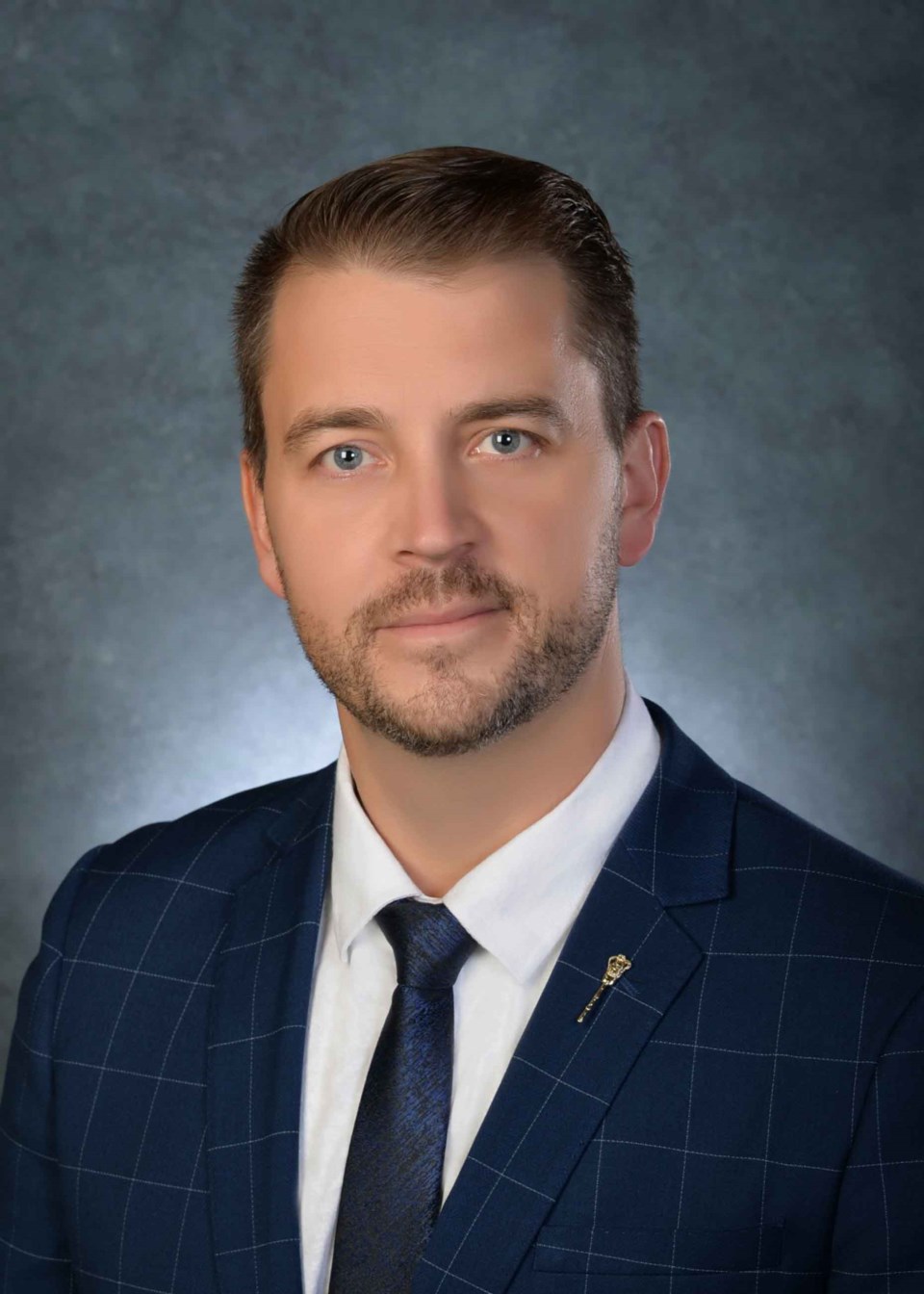Donna Harpauer, Deputy Premier and Finance Minister, announced a four-point affordability plan on August 23, the first point of which is that close to 900,000 $500 tax credit cheques will be mailed to qualifying residents this fall.
Find out if you’re eligible for the tax credit at Saskatchewan.ca/affordability.
A representative of the Ministry of Social Services confirmed that the payment will not be considered income under provincial income assistance programs.
Point two of the plan is a cancellation of some of the PST expansion announced at budget time in March. Fitness and gym memberships, in particular, will no longer have an increased tax.
Point three extends the small business tax rate reduction at zero per cent, retroactive to July 1, 2022, and continuing to July 1, 2024. The tax break will save small businesses an average of $3,000 each over the next three years.
Finally, point four of the plan is the retirement of a portion of the province’s operating debt. Debt is now forecasted to be lower than projected at budget by $1.7 billion. With that surplus, the province will no longer need to borrow for operations.
Use of the surplus to retire a billion dollars in debt will save the province $49 million in interest costs.
“Our government recognizes that people are facing higher costs and inflationary pressures,” explained Tim McLeod, the MLA for Moose Jaw North. “The $500 cheque is a way for folks to face those costs and those pressures, and they can apply the funds where they feel they need them the most.”
McLeod thought many people would likely apply the $500 toward groceries, fuel, and household bills.
McLeod explained that the reason the resource surplus, which has been projected since the beginning of the year, was not included in the March 23 budget announcement is that resource revenues are unpredictable and cannot be counted on.
“It’s important to remember that this isn’t money in the bank. This is a projection based on anticipated revenues from the natural resources,” he continued. “We need to continue to be cautious because resource revenues are highly volatile, and they can fall as quickly as they can rise.
“Based on the current projections, it appears that there will be sufficient funds to put us back to a balanced budget, give us the ability to retire a billion dollars worth of debt, and to still help Saskatchewan people and small businesses face rising costs and inflationary pressures.”
McLeod emphasized that the resource situation could change, and that budgets at year-end never perfectly match the projections.
The province will not use the surplus to expand the budget as it stands because if next year’s resource revenues don’t live up to this year, the province will be stuck with a deficit position and will need to make cuts.
“The current high prices we are enjoying result in increased revenues, but those revenues are not guaranteed year-over-year. So, you don’t want to put them into year-over-year spending,” he added. “Because when they’re gone, then you find yourself without the funds that you need.”
Read the full release from the Government of Saskatchewan at Saskatchewan.ca//government/news-and-media.




